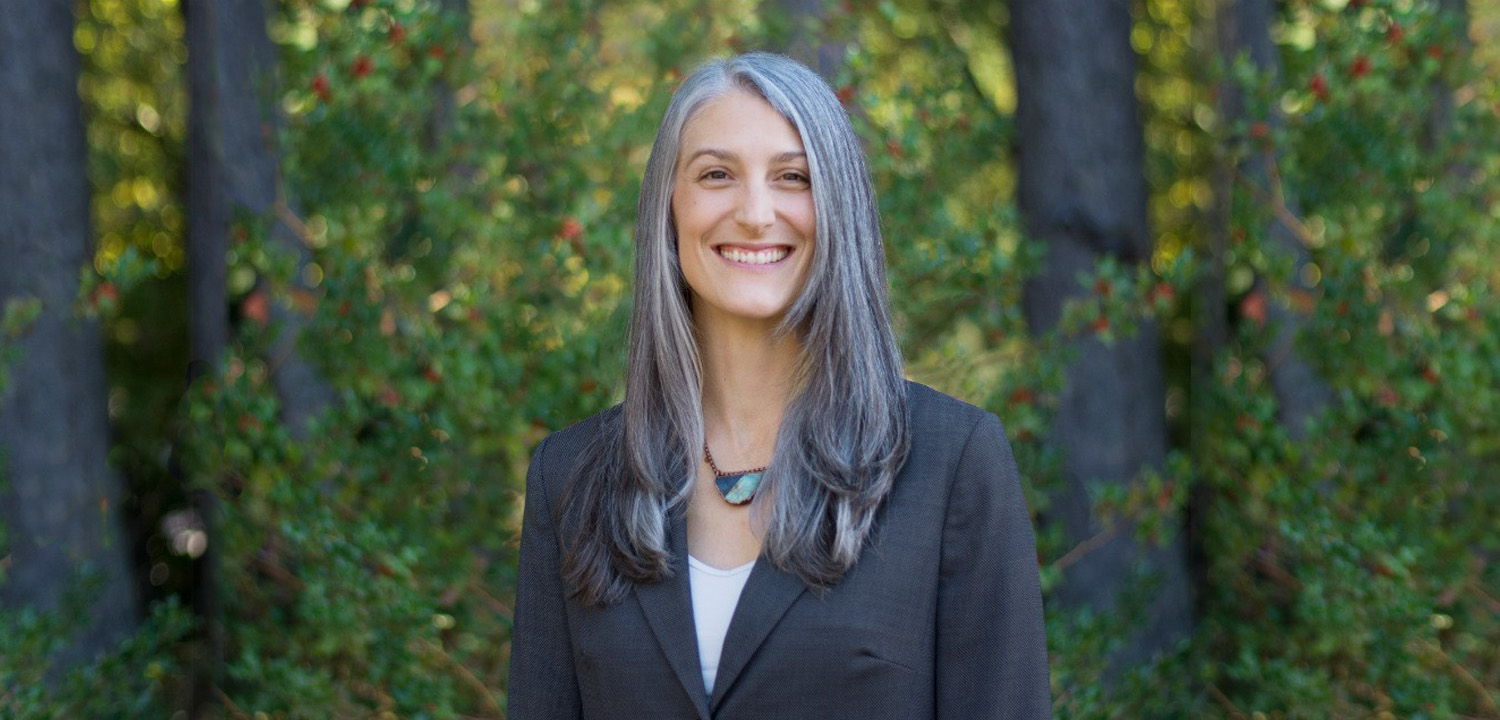At a time of volatility on Oregon’s landscape, Wild Salmon Center’s new Water Policy Program Manager joins the team to get more water flowing through the state’s world-class salmon streams.
It was a perfect late August day at Astoria’s Buoy 10: warm but not hot, breezy but not gusty, with cormorants and pelicans soaring overhead. And below, gliding deep below the boat? Fall Chinook, fresh from the Pacific, starting their homeward migration at the mouth of the Columbia River.

Good fishing was the hope of Caylin Barter’s new boss, Bob Van Dyk, as well as a few friends joining them on the river that day. But Barter, Wild Salmon Center’s new Water Policy Program Manager, tried to keep her expectations low.
“This was my first-ever salmon fishing trip, so I had no concept of what a successful day looked like on the Columbia,” laughs Barter, a lawyer who comes to WSC with experience working on water rights as an associate at a Northwest law firm and also leading The Freshwater Trust’s stream flow restoration program. “My idea was, get on the water, don’t get seasick, don’t get sunburnt, and that’s a great day.”
Turns out, she and her companions each got their fish within minutes: two beautiful 20-pound-plus wild Chinook and a 17-pound hatchery fish.
Oregon’s catastrophic wildfires have put that fishing trip in sharp relief. Recent events have shown that the Oregon we all know and love—one filled with rivers, streams, misty peaks and fall salmon runs—is also dangerously vulnerable to dramatic weather events fueled by climate change.
And in a time of rapidly shifting climate change, our freshwater resources are increasingly at risk.
While the fires have been a wake up call, “many Oregonians aren’t aware that we have water issues,” says Barter.
“If you live on the dry east side of the state, this probably isn’t news to you,” Barter says. “But if you’re in rainy Portland, you might not realize that our streams run low, even dry, every summer because there are more rights to divert water than actual water flowing in these streams.”

In her brand-new role with WSC, Barter will also be working to set the bar higher for Oregon’s calcified water laws. Designed for wetter and less populated times, these laws are now dangerously stressing Oregon’s rivers and streams: allowing users to overdraw water in our hottest and driest months, nearly draining many salmon streams. According to Van Dyk, Barter’s hire speaks to the urgent need to update the state’s antiquated system with policies that restore balance to in-stream and out-of-stream water uses, increase funding for stream flow restoration, and prioritize investments based on the best science and greatest benefit to salmon.
Barter’s role with WSC builds on new political will within the state to update forest practices on state and private timberlands. Currently, Van Dyk and key stakeholders are hammering out terms of an unprecedented pact between conservation groups and the timber industry. Now, Barter and Van Dyk will look to expand that coalition for more sustainable water policies.
In rainy Portland, you might not realize that our streams run low, even dry, every summer because there are more rights to divert water than actual water flowing in these streams.”
“We are very excited to have Caylin join our team,” says Bob Van Dyk, WSC’s Oregon and California Policy Director. “She knows water law and already has great relationships with key stakeholders. She’ll be working to keep water cold and flowing in our salmon strongholds through administrative and legislative processes.”
Getting more policymakers out on Oregon’s rivers, Barter says, might help drive home the urgency of these issues. It’s a thought that struck her that day at Buoy 10, when she learned that their guide had facilitated similar amazing fishing experiences for at least three governors and countless Pacific Northwest power players.
“Policymakers don’t always know how water in a stream actually gets used—how an irrigation diversion works, or how a diversion can serve as a barrier to fish,” Barter says. “But if you have an amazing experience on the river and then go to change some element of a fishery, or fish habitat, or water rights, you’ll think, ‘how would this have impacted that awesome day I had on the river?’ Firsthand experience is key.”
